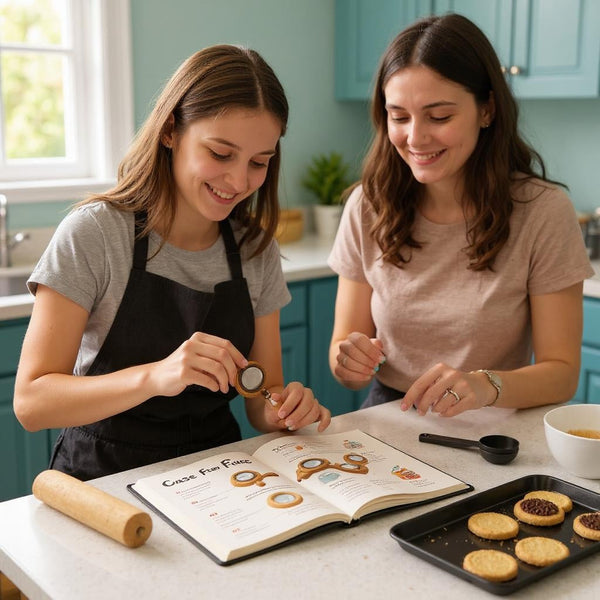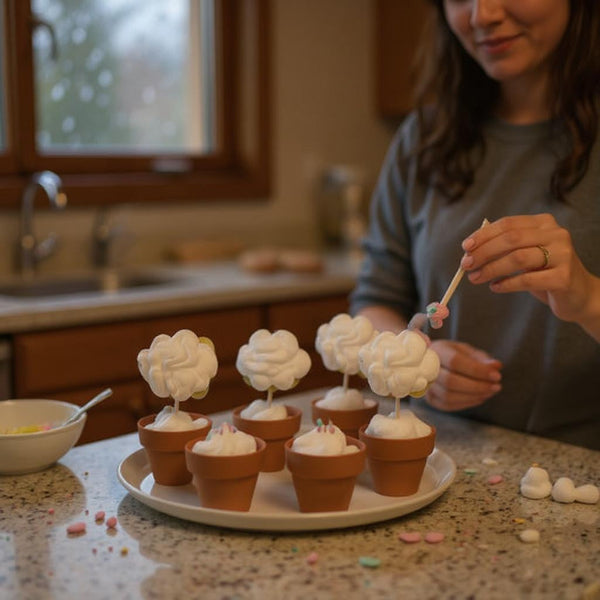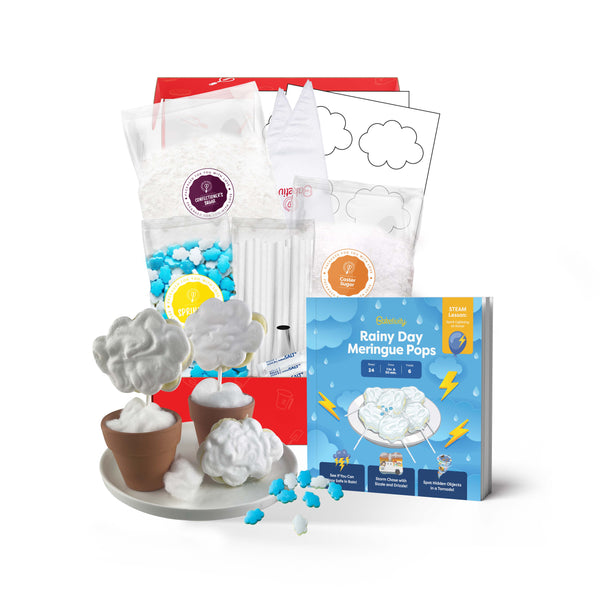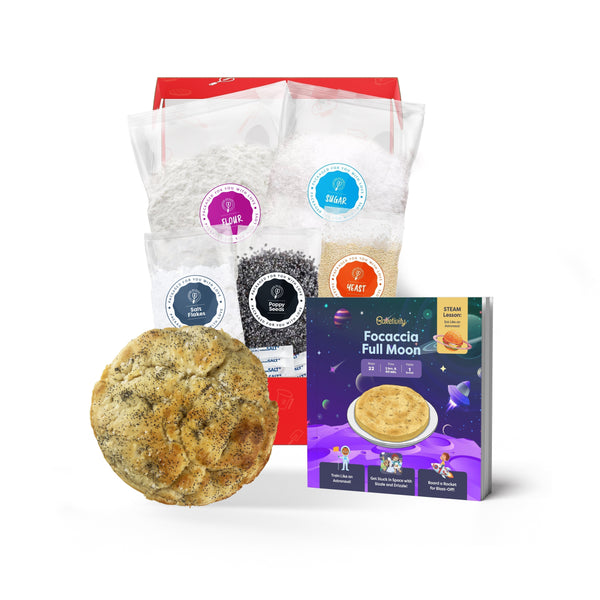Understanding Homeschooling Curriculum
Before we dive into the different types of homeschooling curriculum available, let's take a moment to discuss the importance of having a structured curriculum. A structured curriculum provides a clear framework for your child's education, ensuring that they receive a comprehensive and well-rounded education. When designing a structured curriculum for your homeschooling journey, it's essential to consider not only the academic subjects but also the extracurricular activities and life skills that can enrich your child's learning experience. Incorporating a variety of activities such as field trips, community service projects, and creative arts can help broaden your child's horizons and foster a well-rounded education.The Importance of a Structured Curriculum
Having a structured homeschooling curriculum offers numerous benefits. It provides a sense of direction, ensuring that you cover all the necessary subjects and topics. Additionally, a structured curriculum helps establish routine and consistency, which are crucial for your child's learning and development. Furthermore, a structured curriculum can also help you track your child's progress more effectively. By setting clear learning objectives and milestones, you can easily monitor how well your child is grasping the material and make any necessary adjustments to ensure their academic success.Tailoring Curriculum to Your Child's Needs
One of the greatest advantages of homeschooling is the ability to tailor the curriculum to your child's unique needs. Every child has different learning styles, interests, and strengths. By customizing the curriculum, you can create an educational experience that best suits your child, fostering their love for learning and allowing them to thrive academically. Personalizing your child's curriculum also allows you to incorporate their passions and interests into their learning experience. Whether your child is passionate about science, history, art, or music, you can tailor the curriculum to include more in-depth studies or hands-on projects that cater to their interests, making learning more engaging and enjoyable for them.Types of Homeschooling Curriculum
Now that we understand the importance of having a structured curriculum and tailoring it to your child, let's explore the different types of homeschooling curriculum available:Traditional Homeschooling Curriculum
Traditional homeschooling curriculum follows a conventional approach, replicating the content and structure found in traditional schools. It typically includes textbooks, workbooks, and teacher's guides. This type of curriculum offers a well-rounded education across all subjects, ensuring your child receives a comprehensive foundation. Parents who choose the traditional homeschooling curriculum often appreciate the familiarity and structure it provides. By following a curriculum that mirrors what is taught in traditional schools, children can easily transition back to a classroom setting if needed. This method also allows parents to be actively involved in their child's education, providing a sense of control and oversight.Online Homeschooling Curriculum
In recent years, online homeschooling curriculum has gained popularity. This option provides access to virtual classrooms, interactive lessons, and online resources. Online curriculum offers flexibility and allows your child to learn at their own pace while still providing a structured educational program. One of the key advantages of online homeschooling curriculum is the wide range of resources available at your fingertips. From educational videos to interactive quizzes, online platforms offer a dynamic learning experience that can cater to different learning styles. Additionally, the flexibility of online curriculum allows families to create a customized schedule that fits their lifestyle and preferences.Montessori Homeschooling Curriculum
If you prefer a more hands-on and experiential approach to education, Montessori homeschooling curriculum might be the right choice for you. This method emphasizes independent learning, allowing children to explore and engage with materials in their own time and at their own pace. Montessori curriculum focuses on developing critical thinking skills and nurturing a child's natural curiosity. Montessori homeschooling curriculum is known for its child-centered approach, where the learning environment is carefully designed to encourage self-directed exploration and discovery. By providing a range of hands-on materials and activities, children can develop a deep understanding of concepts through direct experience. This method also promotes a sense of responsibility and independence, as children are encouraged to take ownership of their learning journey.Choosing the Right Curriculum for Your Child
Now that we've explored the different types of homeschooling curricula, let's discuss how to choose the right one for your child:Assessing Your Child's Learning Style
Understanding your child's learning style is crucial in selecting an effective homeschooling curriculum. Some children are visual learners, while others may prefer auditory or kinesthetic learning. Knowing your child's learning style will help you choose a curriculum that caters to their unique needs and maximizes their potential. Visual learners thrive on images, charts, and diagrams to grasp concepts better. Auditory learners absorb information best through listening and speaking activities. Kinesthetic learners, on the other hand, learn by doing and prefer hands-on experiences. Observing your child's natural inclinations can provide valuable insights into their learning style.Considering Your Child's Interests and Strengths
Take into account your child's interests and strengths when selecting a curriculum. If your child is passionate about certain subjects, such as science or art, find a curriculum that emphasizes those areas. By aligning the curriculum with their interests, you can nurture their passions and make learning more enjoyable. Encouraging your child to explore their interests can lead to a deeper understanding of the subject matter and foster a love for learning. For example, if your child loves animals, incorporating zoology or ecology into their curriculum can spark their curiosity and engagement.Evaluating the Time Commitment and Resources Required
Consider the time commitment and resources required for each curriculum option. Some curricula require extensive parental involvement, while others are more self-directed. Assess how much time you can dedicate to your child's education as well as your budget for resources, such as textbooks, materials, or online subscriptions. It's essential to strike a balance between your child's educational needs and your family's lifestyle. While some curricula offer flexibility and independence, others may demand a structured schedule and active participation. Understanding your preferences and constraints will help you make an informed decision that aligns with your child's learning journey.Implementing the Chosen Homeschooling Curriculum
Once you've selected the perfect homeschooling curriculum for your child, it's time to set them up for success:Setting Up a Homeschooling Schedule
Create a homeschooling schedule that works for your family. Establish a routine and allocate specific times for different subjects. Remember to include breaks and physical activities to keep your child engaged and energized throughout the day. Flexibility is one of the perks of homeschooling, so feel free to adjust the schedule as needed. But what exactly should a homeschooling schedule look like? It can vary depending on your child's age, learning style, and personal preferences. Some families prefer a structured schedule with set times for each subject, while others opt for a more flexible approach, allowing their child to delve deeper into topics of interest. Experiment with different schedules and find what works best for your family.Creating a Conducive Learning Environment
Designate a dedicated learning space that promotes focus and concentration. Make sure the area is well-organized, free from distractions, and equipped with the necessary materials. By creating a conducive learning environment, you'll help your child stay motivated and engaged. Consider incorporating elements that enhance the learning experience. Hang educational posters on the walls, provide comfortable seating options, and ensure good lighting. You can also include a whiteboard or a bulletin board where your child can display their work or jot down important ideas. Remember, the learning environment should be inviting and inspiring, encouraging your child to explore and discover.Monitoring Your Child's Progress and Adjusting as Needed
Regularly assess your child's progress and adjust the curriculum as required. Keep an open line of communication with your child, addressing any struggles or areas where they excel. Remember, homeschooling is a journey, and being flexible and responsive to your child's needs is key to their academic growth. One effective way to monitor your child's progress is through regular assessments and evaluations. These can take the form of quizzes, tests, projects, or even informal discussions. By assessing their understanding and identifying areas that need improvement, you can tailor the curriculum to meet their specific needs. Additionally, don't forget to celebrate their achievements and milestones along the way, as this will boost their confidence and motivation. With this comprehensive guide to homeschooling curriculum options, you're now equipped to make an informed decision for your child's education. Tailor the curriculum to their needs, interests, and strengths, and create a learning environment that fosters their love of learning. Homeschooling can be an incredibly rewarding experience, and with the right curriculum, your child will thrive academically and personally. Happy homeschooling!Bring Learning to Life with Baketivity
As you embark on the homeschooling journey, remember that education extends beyond textbooks and screens. With Baketivity, you can complement your child's curriculum with hands-on baking experiences that promote creativity, family bonding, and practical STEAM learning. Embrace the joy of baking together and watch your child's confidence grow with every delicious treat. Ready to create unforgettable learning moments in the kitchen? Join the Baking Club today and start a new tradition with Baketivity's baking kits!




